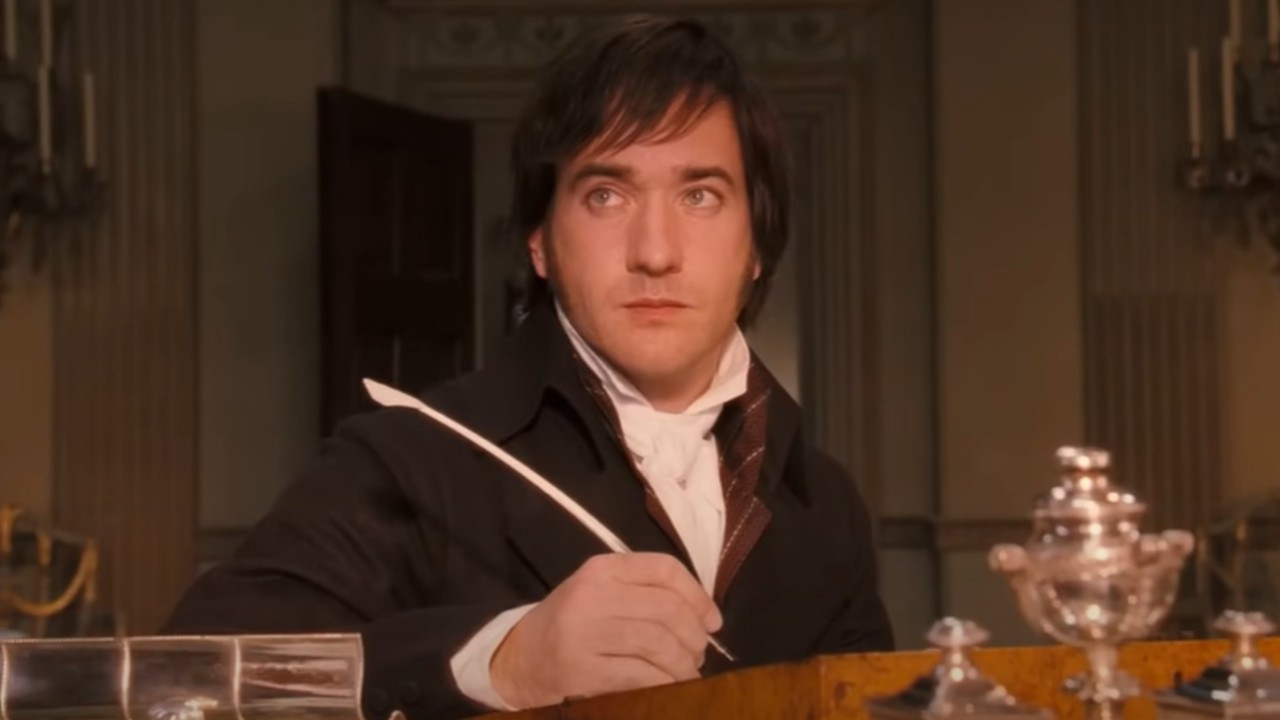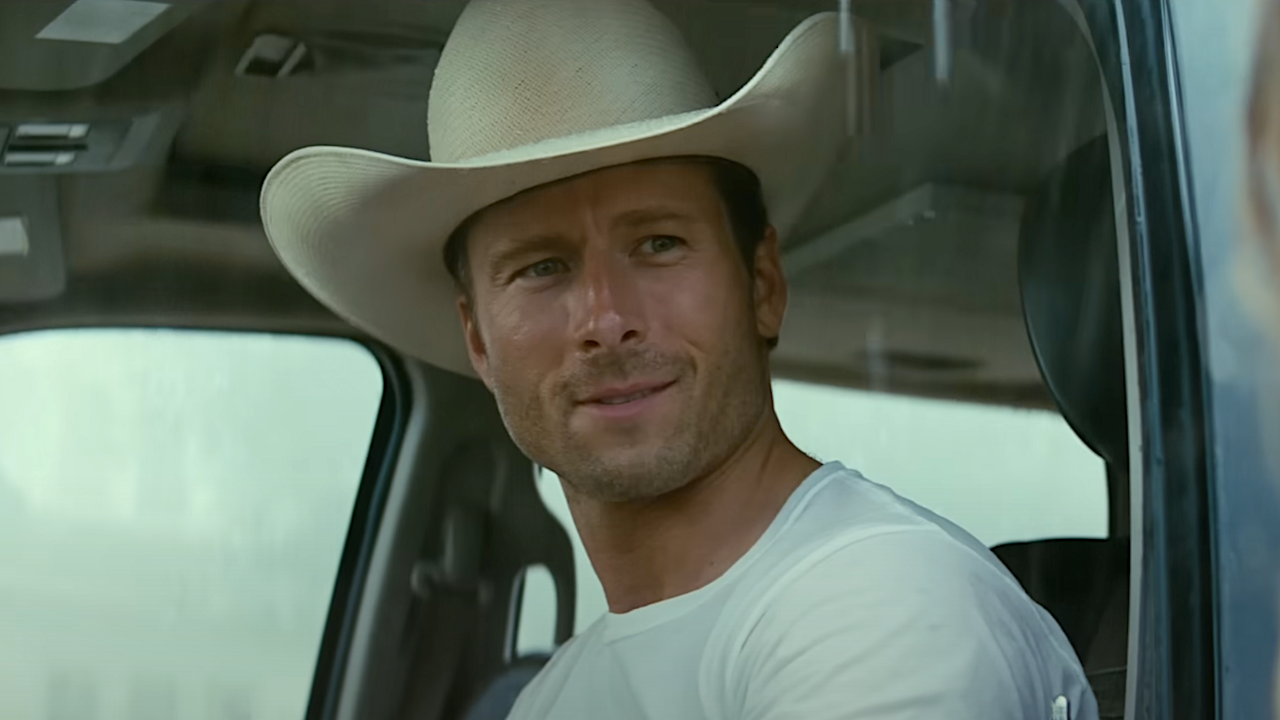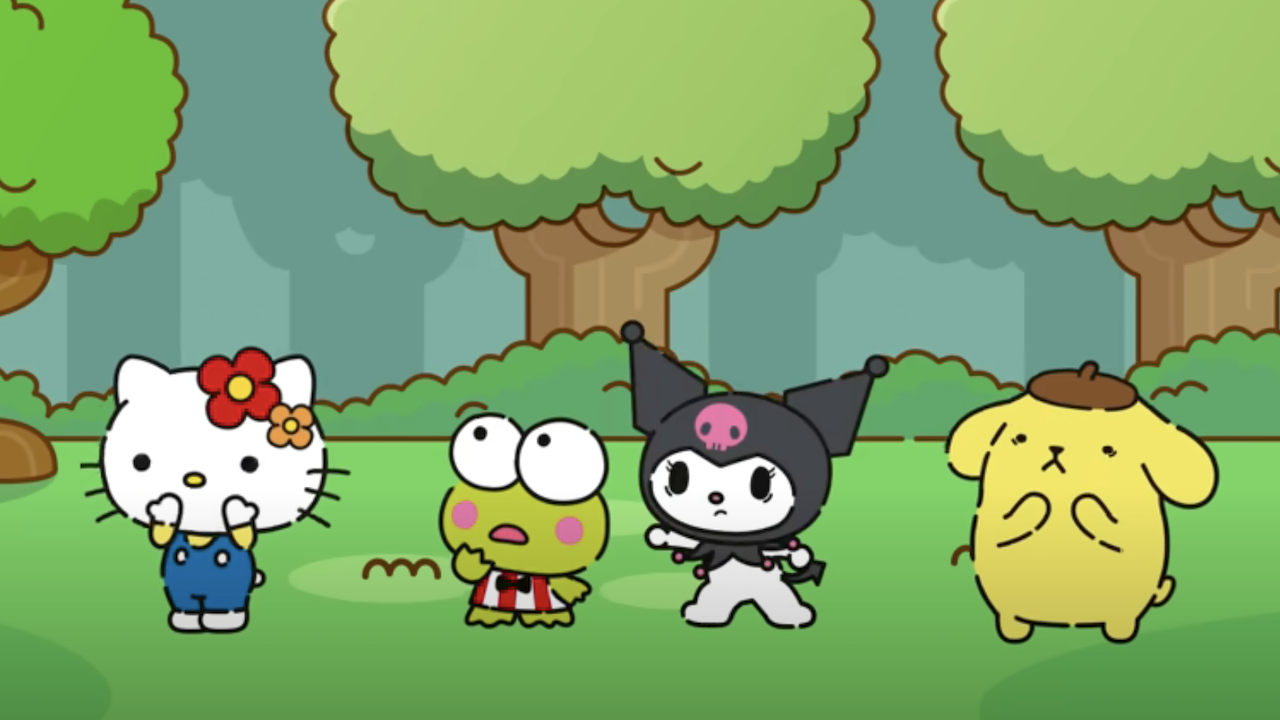9 Classic Horror References In Get Out
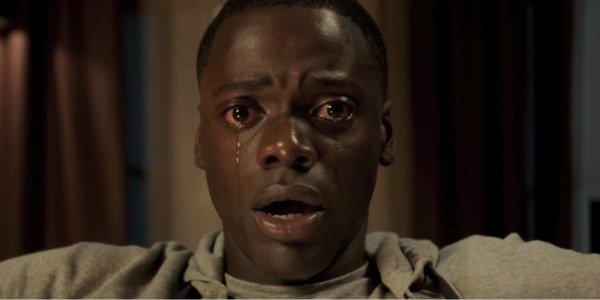
Who would've ever thought that a comedian could make such a compelling horror film? That is a thought that has gone through the head of just about anybody who has seen Jordan Peele's Get Out, and the woke thriller has already carved out a place for itself as a modern horror classic. Seriously, if you have not seen this movie yet, do yourself a favor and check it out as soon as possible while it is still in theaters.
One of the biggest reasons for Get Out's success is the way in which the racially charged thriller honors classic horror films that have paved the way for its success. We've gone through the movie and picked out nine of the coolest and most horrific Easter eggs that are sure to get any self-respecting horror fan excited. On that note, let's kick this list off with the horror film that inspired Get Out's terrifying name.
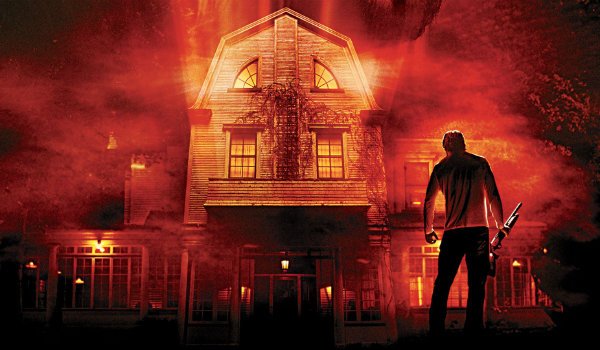
The Amityville Horror
This reference might be the most on the nose of the bunch, but that doesn't make it any less awesome. Although the line "get out" is uttered in Jordan Peele's film of the same name -- specifically during a genuinely tense scene involving Lakeith Stanfield's character -- the title of the movie is also a direct reference to The Amityville Horror. As most horror fans likely remember, the phrase "get out" is an iconic facet of the Amityville lore, as it is the command shouted by the house as the demonic spirits demand that Father Delaney stop helping the Lutz family.

Halloween
Some of the scariest horror films take place in the most seemingly idyllic locations, and that's a concept that Halloween nailed when it hit theaters almost 40 years ago. Get Out's first scene honors that tradition by playing out like a slasher sequence ripped straight from John Carpenter's 1978 classic. The neighborhood in which Get Out's opening scene takes place even resembles the fictional town of Haddonfield, Illinois. Halloween broke new ground by bringing its particular brand of terror into a quiet, middle America suburb, and Get Out takes it one step further by adding its own brand of social commentary to the carnage.
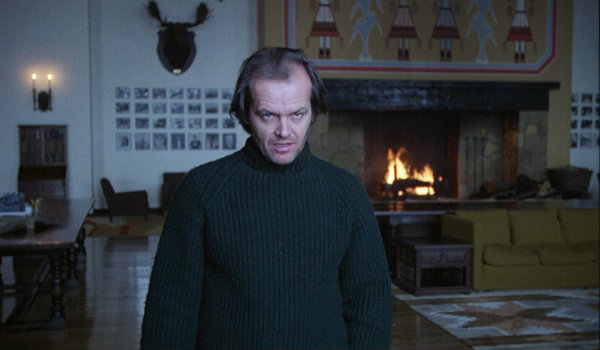
The Shining
As beautiful as it is on the surface, the secluded nature of the Armitage household in Get Out shares a number of similarities to The Overlook Hotel in Stanley Kubrick's The Shining -- particularly in the way that Chris' mental state deteriorates the longer he remains isolated at the house. Beyond that, in the opening sequence of the film, Lakeith Stanfield's character makes an offhand comment about "walking in a hedge maze out here." Sound familiar? That is because the climax of The Shining is a terrifying chase sequence that takes place in a hedge maze. Sadly, the "hedge maze" sequence ultimately doesn't end well in Get Out.
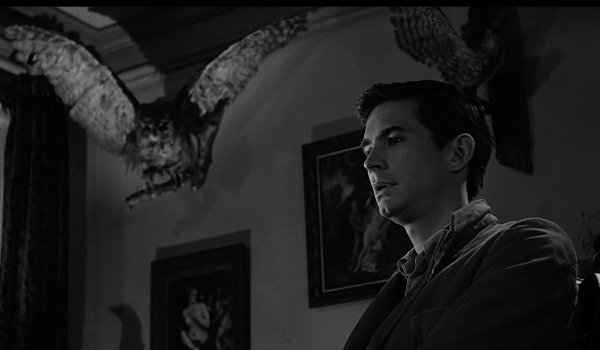
Psycho
There is obviously nothing fun about dead animals, but horror movies have found ways to make them increasingly terrifying for years. Psycho perfected the art when Alfred Hitchcock brought the proto-slasher film to the silver screen in 1960, and Get Out carries on that tradition. Specifically, the scene where Chris is tied up in the Armitage basement forces him to stare straight forward at a mounted buck's head. If this feels familiar, that is because it seems like a direct reference to Norman Bates' disturbing hobby of stuffing animals (as well as people) and mounting them around his motel.
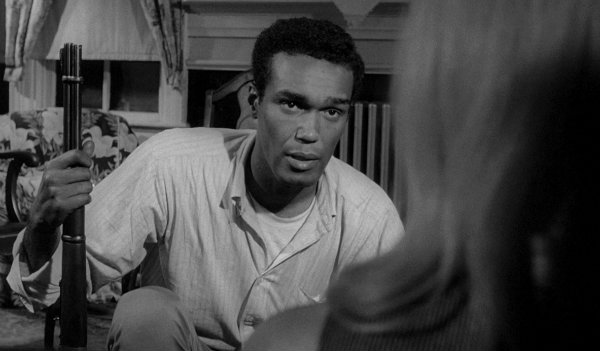
Night Of The Living Dead
Although Get Out is currently generating a ton of buzz for its genius blend of horror and racial commentary, it's far from the first film to make that connection. In fact, Get Out's Chris feels like a direct homage to Night of the Living Dead's Ben -- another black man struggling to stay alive in a racially biased world AND a horror movie. The similarities almost went one step further, as Get Out almost ended with Chris getting arrested during his escape from the Armitage house -- a direct mirror to Ben's unceremonious death at the end of Night of the Living Dead.
CINEMABLEND NEWSLETTER
Your Daily Blend of Entertainment News
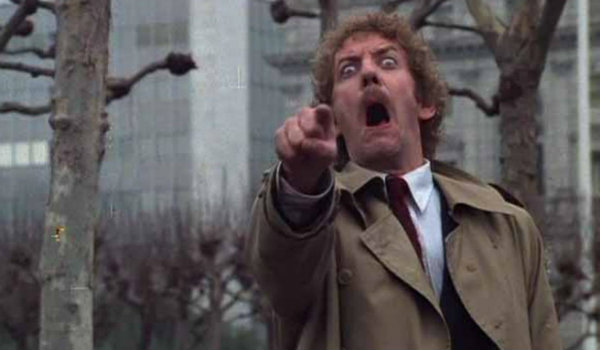
Invasion of the Body Snatchers
Do you ever get the feeling that someone isn't quite who they say they are? There's an undercurrent of paranoia running through the film regarding who Chris can actually trust during his time as a guest, and that sense of creeping dread and distrust feels very reminiscent of Invasion of the Body Snatchers -- particularly the 1978 version of the film starring Donald Sutherland. Both films revolve heavily around the idea of people being taken and replaced by sinister versions of themselves, and both keep audiences guessing as to whom we can put our faith in.
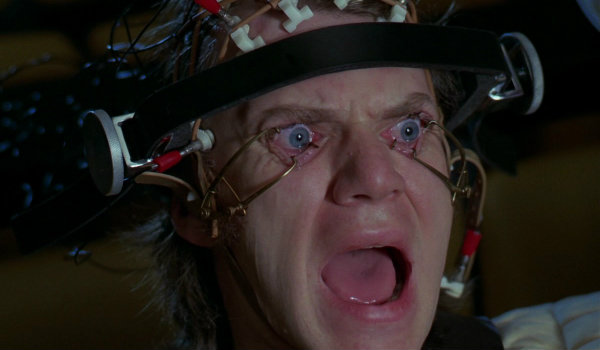
A Clockwork Orange
The idea of captivity is already a terrifying notion that plenty of horror movies have always capitalized on, but the way in which Get Out's Chris is forced to repeatedly enter The Sunken Place while strapped to a chair feels incredibly reminiscent of Stanley Kubrick's A Clockwork Orange. Specifically, it bears a notable resemblance to the sequence in which Alex DeLarge's eyes are horrifically pried open as he is subjected to behavior modification therapy. That's one of the most iconic horror sequences of all time, so it's no surprise that Jordan Peele found a way to honor it in the minutes leading up to Get Out's climax.
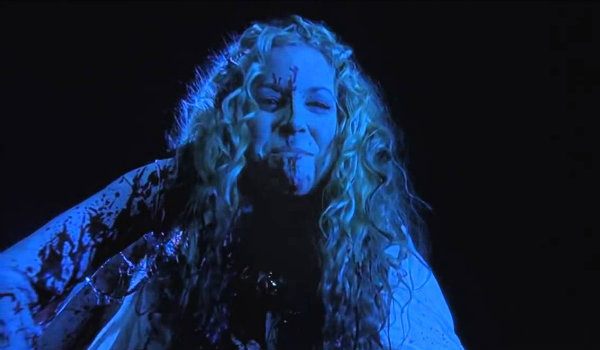
House of 1000 Corpses
If you listen carefully during the opening sequence of Get Out in which Lakeith Stanfield's character is snatched off the sidewalk by a stranger in a white car, you will notice a very distinctive song playing from the car that takes him away: Flanagan and Allen's "Run Rabbit Run." This seems like an oddly specific song choice for Jordan Peele to include in Get Out's opening scene, because the song also plays a prominent role in Rob Zombie's House of 1000 Corpses. The song is obviously insanely creepy in its own right, but there's also clear horror DNA here that both films capitalize on.
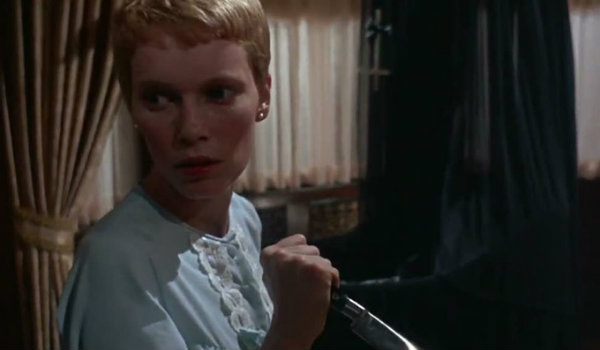
Rosemary's Baby
Some of Get Out's most consistent and prominent themes stem from the idea of paranoia, as well as the feeling that others are conspiring against our protagonist while smiling to his face. Jordan Peele uses fear of the unknown to great effect in this film, and it very much feels like an homage to Roman Polanski's work on Rosemary's Baby -- which similarly saw a protagonist struggling to cope with her paranoia while those around her refused to believe or entertain her suspicions. Although Get Out and Rosemary's Baby tell very different stories, their willingness to embrace this concept of wariness and suspicion of others feels strikingly similar.
Originally from Connecticut, Conner grew up in San Diego and graduated from Chapman University in 2014. He now lives in Los Angeles working in and around the entertainment industry and can mostly be found binging horror movies and chugging coffee.



